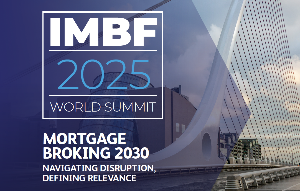
The FLP is designed to help the RBNZ pass on cheaper borrowing costs to retail lenders, in turn reducing borrowing costs for businesses and mortgage holders.
The programme, expected to be worth between $30 billion and $50 billion, is the latest step taken to reduce interest rates by the central banks following the Covid crisis.
While the RBNZ is expected to leave the official cash rate unchanged today, it is likely to reveal the scale of the FLP and explain how it will help banks, businesses and individuals.
The FLP will see the central bank provide funding to retail banks at a cheaper rate, which could be set close to the OCR, or even lower.
It means banks will not have to compete as hard for term deposit customers and wholesale funding, according to economists at Kiwibank.
It will work in a similar way to Australia's Term Funding Facility, introduced by the RBA in March to push down costs.
The Reserve Bank will hope its new funding programme will help to keep inflation closer to its target of 2%, and help keep a lid on unemployment in New Zealand.
According to economists at Kiwibank, the FLP is likely to boost asset prices further.
They and other analysts hope the FLP will be heavily targeted towards business lending, to encourage greater investment during this financial crisis.





Comments
No comments yet.
Sign In to add your comment